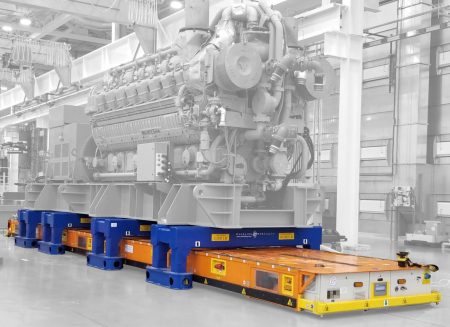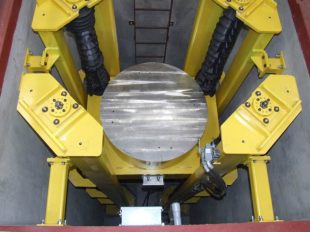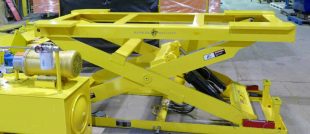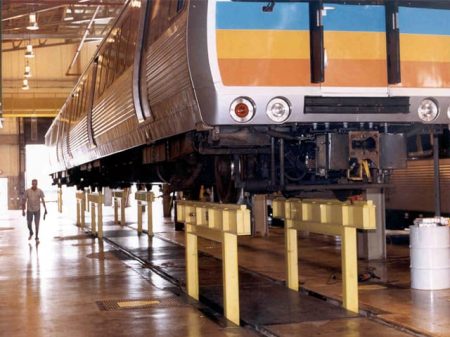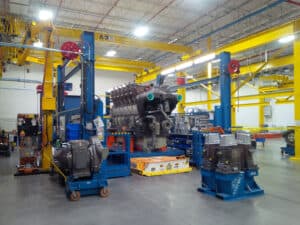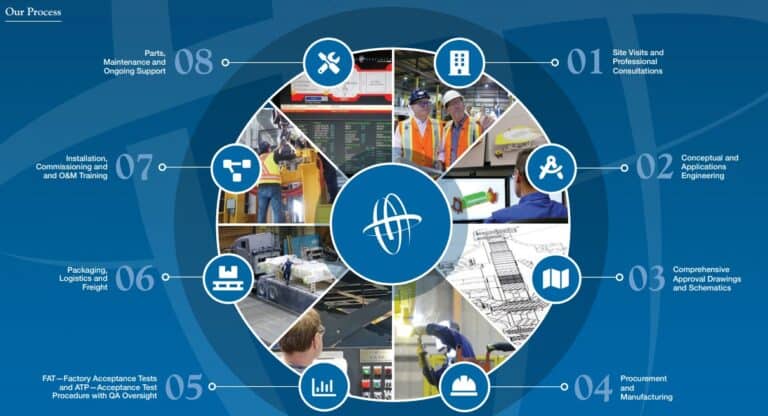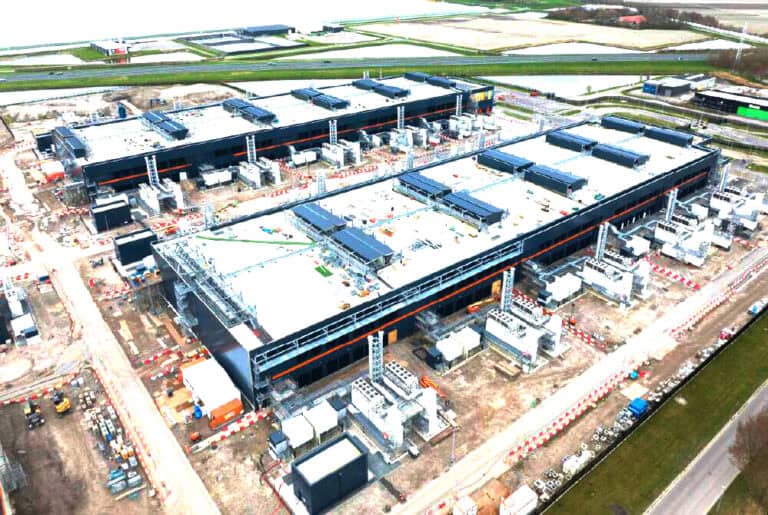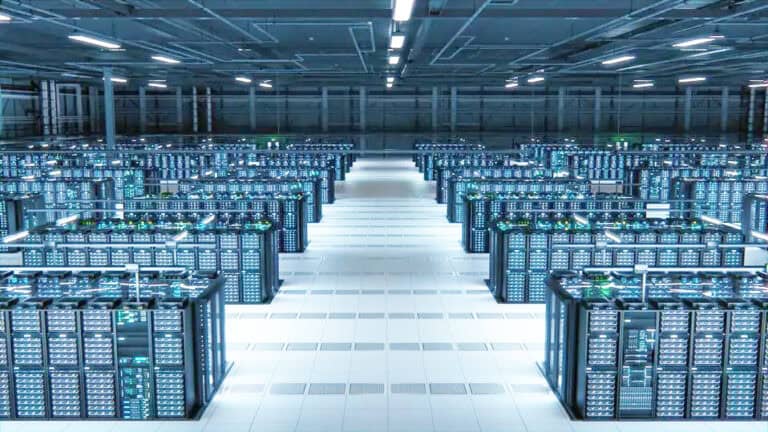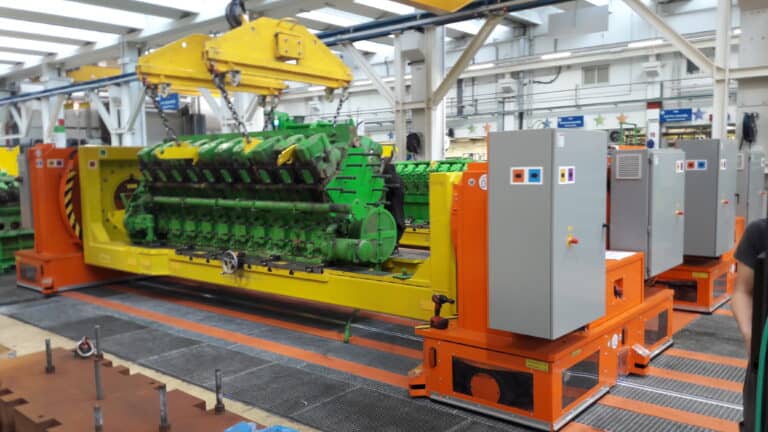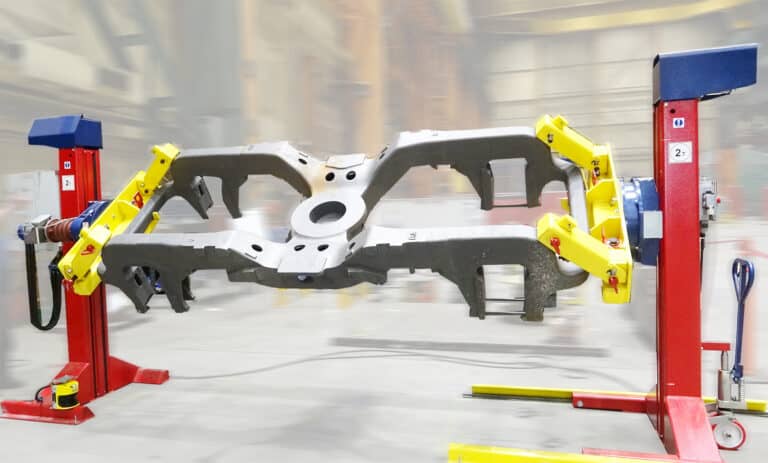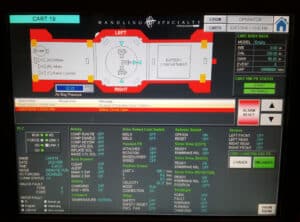The Strategic Objectives of Material Handling in Manufacturing: Driving Efficiency, Safety, Cost Control & Profitability
Introduction: Elevating Material Handling from Task to Strategic Imperative
In modern manufacturing, the movement of materials is often viewed as a simple operational necessity—a cost of doing business. However, this perspective overlooks a powerful strategic lever. Effective material handling is not just about moving a product from point A to point B; it is a critical function that, when optimized, directly drives efficiency, enhances safety, controls costs, and ultimately fuels profitability. Elevating material handling from a mere task to a strategic imperative is essential for any manufacturer seeking a competitive edge in a dynamic market.
What is Material Handling?
Material handling encompasses the movement, protection, storage, and control of materials and products throughout the manufacturing and distribution process. It involves a wide array of equipment, systems, and methodologies designed to manage the entire lifecycle of a product within a facility, from raw material receiving to finished goods shipping. A well-designed material handling system ensures that the right materials are in the right place at the right time, in the correct quantity, and without damage.
The Evolving Manufacturing Landscape
Today’s manufacturing environment is characterized by increasing customer demands for customization, faster delivery times, and tighter supply chains. The rise of automation, data analytics, and lean principles has transformed the factory floor. This evolution means that an inefficient material handling process can create significant bottlenecks, negating gains made elsewhere and hindering overall performance.
Why Strategic Objectives Matter Now More Than Ever
Without clear strategic objectives, material handling improvements are often reactive and fragmented. A strategic approach aligns every aspect of material movement with core business goals. It transforms the conversation from “How do we move this?” to “How does this movement contribute to our bottom line?” By defining objectives, manufacturers can create a cohesive, integrated system that proactively enhances productivity and profitability.
Strategic Objective 1: Maximizing Operational Efficiency & Productivity
Operational efficiency is the cornerstone of a successful manufacturing operation, and material handling is central to achieving it. The goal is to create a seamless, uninterrupted flow of materials that minimizes waste in all forms—time, motion, and resources.
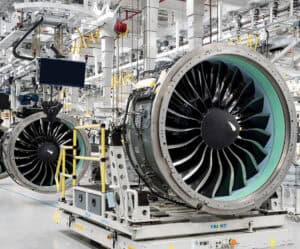
Streamlining Material Flow and Workflow Patterns
An optimized material handling process is built on a logical and direct workflow. This involves analyzing the entire production journey, from initial receiving to final dispatch, to eliminate unnecessary movements, reduce travel distances, and prevent cross-traffic that can cause delays. A streamlined workflow ensures that materials arrive at each workstation just in time, preventing both shortages and excess work-in-process inventory.
Optimizing Facility and Warehouse Layout
The physical design of a facility has a profound impact on efficiency. A strategic layout minimizes the time and effort required to move materials. This includes placing high-usage parts closer to the assembly line, designing clear and wide aisles for equipment access, and organizing storage areas for quick retrieval. An optimized layout directly supports an efficient workflow, improving overall plant productivity.
Leveraging Equipment for Enhanced Throughput
The right equipment is critical for maximizing throughput. This extends beyond simple forklifts to include heavy-duty automated guided vehicles (AGVs), robotic arms, custom work positioners, vertical lifts, tilters and upenders, and other essential MHE. Selecting equipment that matches the specific requirements of the product and process can dramatically accelerate movement and reduce manual handling time. Automation, in particular, allows for continuous, 24/7 operations, significantly boosting performance.
The Role of Lean Manufacturing Principles
Lean principles, such as Just-in-Time (JIT) and Kanban, are deeply intertwined with material handling. The objective is to eliminate waste (muda) in the material flow. An effective material handling system is essential for implementing lean concepts, as it provides the precise, timely delivery of materials needed to maintain a continuous, low-inventory production process.
Strategic Objective 2: Ensuring Uncompromised Safety & Ergonomics
While efficiency is crucial, it must never come at the expense of safety. A primary strategic objective of material handling is to create a secure working environment that protects the workforce from injury and the product from damage.
Protecting Your Most Valuable Asset: The Workforce
Manual material handling is a leading cause of workplace injuries, including sprains, strains, and repetitive stress injuries. A strategic approach seeks to minimize or eliminate these risks through better process design and the use of mechanical aids. A safer workplace not only reduces costs associated with accidents and downtime but also improves employee morale and productivity.
Designing for Ergonomics and Well-being
Ergonomics is the science of designing the job to fit the worker, not forcing the worker to fit the job. In material handling, this means designing workstations with adjustable heights, using lift-assist devices for heavy items, and ensuring equipment controls are intuitive and comfortable. An ergonomic design reduces physical strain, leading to fewer injuries and a more engaged workforce.
Implementing Robust Safety Protocols and Training
Proper equipment operation and safety protocols are non-negotiable. This objective involves comprehensive training programs that ensure every employee understands how to use material handling equipment safely. Regular safety audits and clear visual cues within the facility help reinforce these protocols and prevent accidents before they happen.
Automated Systems and Safety Advantages
Automation offers significant safety benefits. Robots and AGVs can take over physically demanding, repetitive, or hazardous tasks, removing employees from harm’s way. These systems operate with precision and predictability, reducing the risk of human errors that can lead to accidents or product damage, which helps improve overall quality.
Strategic Objective 3: Mastering Cost Control & Reduction
Every movement of material incurs a cost. A strategic material handling plan focuses on minimizing these expenses across the board, from labor and inventory to space and equipment.
Minimizing Operational Expenses
Inefficient material handling leads to wasted labor hours, excessive fuel consumption, and premature equipment wear. By optimizing routes, reducing idle time, and ensuring smooth workflows, manufacturers can significantly cut these operational costs. Automation further reduces reliance on manual labor for repetitive tasks, allowing skilled workers to focus on value-added activities.
Strategic Inventory Management
Material handling is directly linked to inventory costs. An optimized system reduces the amount of buffer stock required by ensuring reliable delivery to production lines. Efficient storage systems maximize space utilization, potentially delaying or eliminating the need for costly facility expansions. Better tracking and control within the material handling process also reduce inventory loss due to misplacement or damage.
Optimizing Equipment Selection and Maintenance
Choosing the right equipment for the task is crucial for cost control. Over-specifying equipment leads to unnecessary capital expenditure, while under-specifying leads to downtime and inefficiency. A strategic approach includes a total cost of ownership analysis, factoring in maintenance, energy use, and lifespan. Proactive maintenance programs are essential to maximize equipment uptime and avoid costly emergency repairs. Though an AGV system with appropriate tooling such as scissor lifts or turn tables built into its platform will cost more than a manual system in the beginning, but it will pay dividends in the long run.
Reducing Damage and Errors
Improper handling is a major source of product damage and costly rework. A well-designed system with appropriate equipment and trained operators minimizes the risk of drops, collisions, and other mishaps. Accurate material handling also reduces errors, such as delivering the wrong part to a workstation, which can halt production and impact product quality.
Strategic Objective 4: Driving Sustainable Profitability
The ultimate goal of any strategic initiative is to improve the bottom line. Efficient, safe, and cost-effective material handling is a direct contributor to sustainable profitability.
By increasing throughput, reducing operational costs, and minimizing waste, strategic material handling directly boosts profit margins. The cumulative effect of gains in efficiency, productivity, and cost control creates a leaner, more competitive manufacturing operation.
Enhancing Customer Satisfaction and Responsiveness
An optimized material handling process enables faster order fulfillment and more reliable delivery schedules. This ability to respond quickly to customer requirements is a significant competitive advantage. Meeting and exceeding customer expectations builds loyalty and drives repeat business, contributing to long-term revenue growth.
Scalability and Growth Enablement
A well-designed material handling system is scalable. As production volumes increase, the system can adapt without creating bottlenecks. This built-in flexibility allows a company to grow efficiently, taking on new business and expanding operations without a complete overhaul of its internal logistics.
The Long-Term Value of Sustainability
Modern material handling systems often incorporate energy-efficient equipment and processes that reduce a company’s environmental footprint. This commitment to sustainability can enhance brand reputation and appeal to environmentally conscious customers, adding another layer of long-term value.
Achieving these strategic objectives relies on leveraging modern tools and technologies that provide greater control, visibility, and intelligence.
The Power of Automation and Robotics
Automation is a transformative force in material handling. Technologies like AGVs, autonomous mobile robots (AMRs), and robotic picking systems handle repetitive tasks with speed and precision, freeing up human workers for more complex roles and enhancing overall productivity.
Implementing and Measuring Strategic Material Handling Objectives
Successfully implementing a strategic material handling plan requires a structured approach. It begins with a thorough analysis of current processes to identify key weaknesses and opportunities. From there, clear, measurable objectives should be established, aligned with the overarching business goals. The implementation itself should be treated as a formal project with defined requirements, timelines, and budgets. Key performance indicators (KPIs) such as cycle time, accuracy, and equipment uptime must be tracked to measure success and guide ongoing improvement efforts. By viewing material handling through a strategic lens and leveraging the right systems and technologies, manufacturers can unlock significant improvements in efficiency, safety, cost control, and ultimately, profitability.
If you’re looking to design a new facility, or improve your current manufacturing facility, talk to us.

